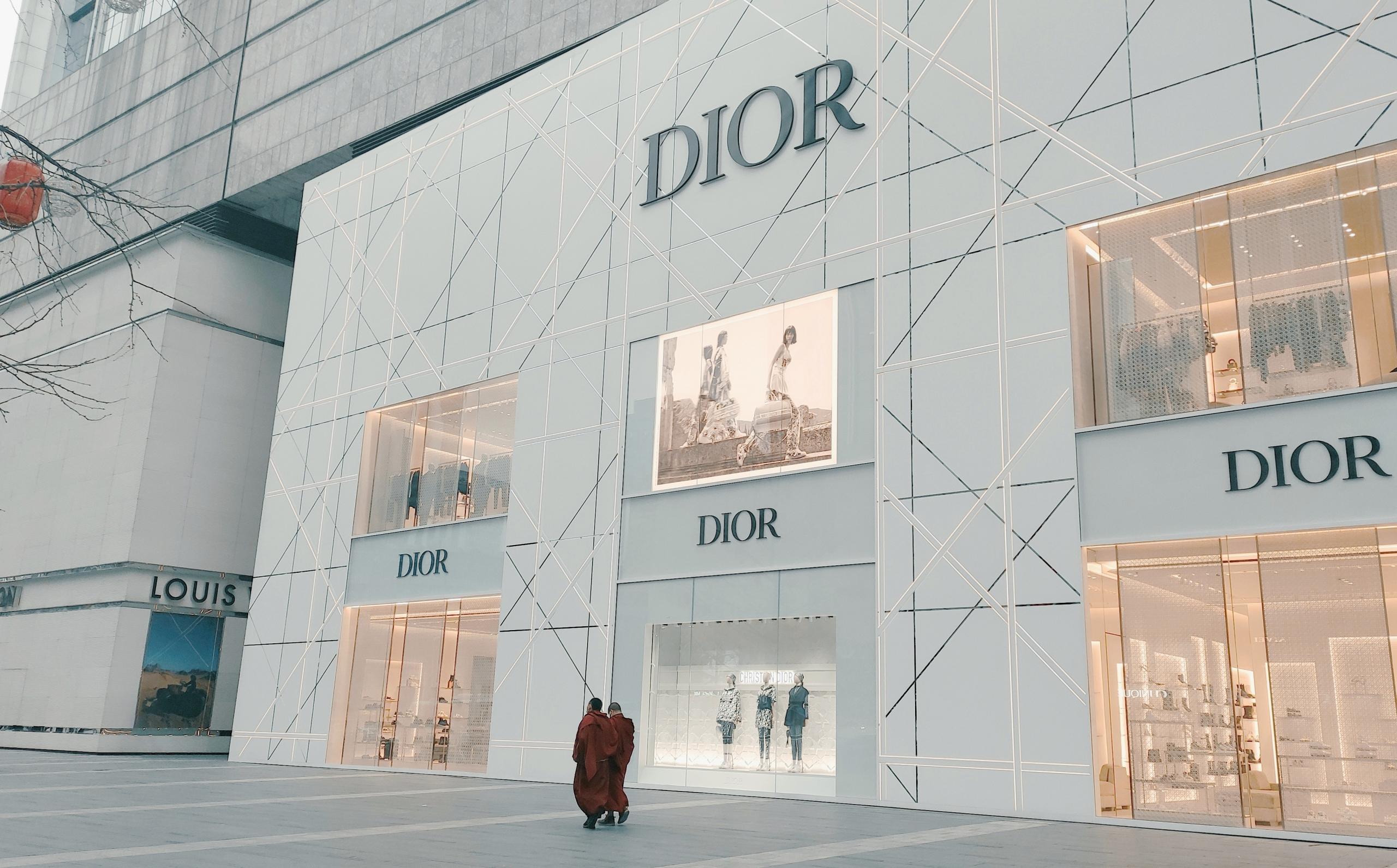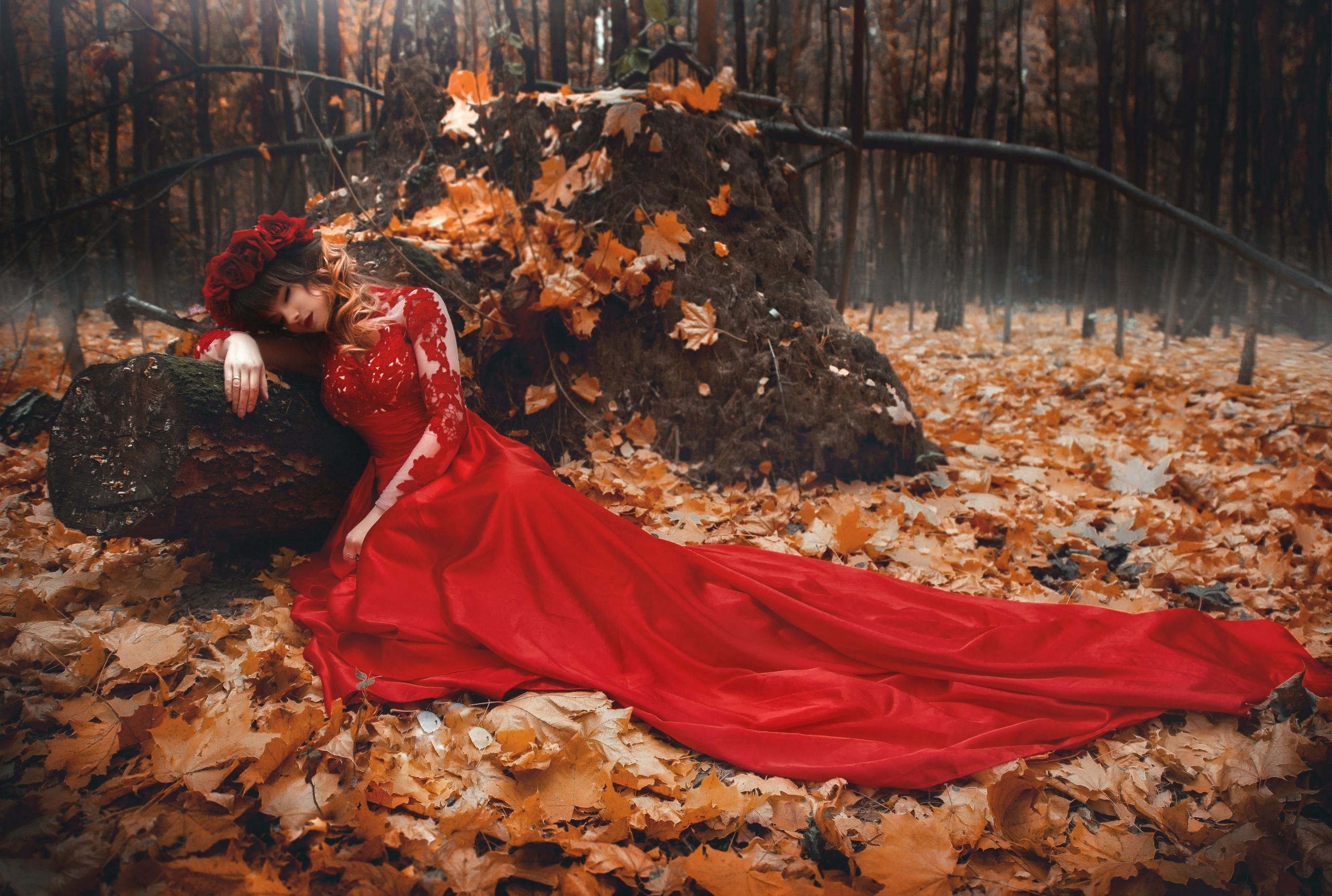The origins of haute couture can be traced back to Paris, which is still renowned as one of the globe's preeminent fashion capitals to this day. The emergence of high fashion brands took place during the mid-1800s, a period when Paris was emerging as the epicentre of the burgeoning luxury clothing industry, catering to the escalating demand for opulent attire.
In this era, high end fashion meant crafting garments for individual clients, using only the finest materials and most skilled artisans within specific fashion houses. Occasionally, these fashion houses extended their creations to cinema productions and subsequently television series, effectively leveraging these platforms as advertising mediums for their brands.
These high fashion brands were careful to safeguarded their identities and well-defined standards. Later, a more stringent set of criteria for high fashion was formally established in 1945. These entailed:
- Crafting tailor-made designs for private clientele, involving one or more fittings.
- Maintaining a work studio (atelier) situated in Paris, staffed by a minimum of fifteen full-time artisans.
- Employing at least 20 technical experts on a full-time basis within at least one workshop.
- Unveiling a collection comprising a minimum of 50 original designs to the public each fashion season (biannually, in January and July), that encompassed both daywear and eveningwear.
Presently, haute couture or high end fashion enjoys legal protection and is precisely defined by the Paris Chamber of Commerce and Industry. This implies the presence of specific regulations that govern the status of a high fashion brand, all of which are stipulated and defined by a regulatory commission.

High Fashion vs. Fast Fashion
Today the high fashion meanding can encompass a more expansive meaning to include finely crafted, individually tailored clothing crafted within the fashion capitals of Paris, Milan or New York. High-end designer fashion serves as clothing category or description not only for esteemed fashion houses but also for fashion designers who curate exclusive and often pioneering clothing pieces.
This dynamic is where the emergence of fast fashion brands comes into play. Given the substantial financial barriers associated with acquiring high end fashion fashion and staying current with trendy garments, fast fashion steps in by reproducing these styles through mass production. However, the fast fashion business model raises a multitude of challenges on both social and environmental fronts, particularly in terms of the high toll it takes on developing countries. As a consequence, the need to sever ties with fast fashion has assumed unprecedented urgency and significance.
High-End Designer Fashion Brands

- Chanel, established in Paris in 1909 by Gabrielle "Coco" Chanel, is a distinguished French high end fashion house specialising in haute couture and ready-to-wear clothing. The brand's many designs include accessory items like sunglasses, fragrances, belts, handbags, footwear, fragrances, jewellery and small leather goods. Since its departure from the extravagant styles of the 19th century, Chanel is known for designs that are elegant and minimalistic.
- Gucci, another high-end designer fashion house was founded in Tuscany in 1921 by Guccio Gucci whose work ascended to the summit of Italy's fashion scene. It has recently experienced a resurgence under the creative direction and innovative digital marketing approach of Alessandro Michele, who has spearheaded design since 2015. Gucci has evolved into the ultimate millennial brand, captivating global attention.
- Louis Vuitton, established by creative visionary Louis Vuitton in Paris in 1854, is an iconic French fashion house. Renowned for its distinctive LV monogram that graces an array of products, particularly its celebrated handbags, Louis Vuitton also crafts opulent luggage, ready-to-wear attire, accessories, jewellery, shoes, sunglasses, and more for both men and women.
- Hermes is a French luxury powerhouse with roots dating back to 1837 when it was an equestrian accessories workshop owned by Thierry Hermes. It transitioned into a formidable high-end designer fashion house in 1918 that created a pioneering leather golf jacket with a zip for Edward, Prince of Wales. Known for exquisite handbags, including the famed Birkin and Kelly bags, Hermes curates an extensive collection of the world's most exclusive and costly accessories.
- Dior, founded by Christian Dior in Paris in 1946, is a revered French luxury label focusing primarily on women's clothing. It offers footwear, handbags, footwear, jewellery, cosmetics, fragrances and skincare products. Dior, cherished by European royalty in the mid-20th century, continues to influence contemporary fashion with designs like its inaugural evening gowns.
- Prada, established in 1913 by Mario Prada and elevated by granddaughter Miuccia Prada, is an illustrious Italian high end fashion house. The brand is recognised for its leather accessories, handbags, shoes, cosmetics, fragrances and ready-to-wear collections. Miuccia Prada's innovation introduced waterproof nylon bags as a brand hallmark.
- Yves Saint Laurent, also known as Saint Laurent, emerged in 1961 as a French luxury high fashion house founded by Yves Saint Laurent and Pierre Bergé. In 2015, the brand revitalised its haute couture line under Hedi Slimane's artistic direction.
- Fendi, founded by Adele and Edoardo Fendi in Rome in 1925, the house of Fendi excels in luxury. It offers fur, ready-to-wear attire for men and women, shoes, sunglasses, fragrances, handbags and watches. Fendi rose to prominence with its iconic Baguette shoulder bag in the 1990s, which has recently witnessed a remarkable resurgence.
Of course to truly answer the question: what is high fashion, this list could be extended to include additional esteemed brands like Armani, Burberry, Valentino, Versace, Balenciaga and many others.
The High Fashion Meaning for Social and Environmental Impact

The landscape of what is high fashion has undergone significant transformations since the mid-nineteenth century. Evolving within the realm of the fashion industry, high fashion brands not only carry historical connotations but also have a host of modern-day social and environmental impacts. It is however essential to recognise that a mere certification as a high fashion brand or designer doesn't necessarily correlate with ethical or sustainable practices.
Within the realm of high-end designer fashion houses like Alexander McQueen, Gucci and Saint Laurent, there is a discernible shift towards sustainability which is evident in their released sustainability reports. These outline aspirations to incorporate greater proportions of recycled or organic materials. Yet, in parallel, the production of fossil fuel-derived apparel continues unabated, with projections indicating its expansion over the next two decades. In addition, petrochemical products like polyester, favoured by oil and gas companies, remain key for future growth, despite diminishing demand for transportation fuels.
While fast fashion frequently shoulders blame for the industry's environmental impacts, it's essential to acknowledge that high fashion brands wield considerable influence by setting trends and inciting demand for novel styles.
Subsequently, these trends are often mass-produced by fast fashion entities at a fraction of the cost. What's intriguing is that both sectors frequently rely on similar factories, conditions, and materials.
Polyester, a synthetic fibre predominantly derived from petroleum, dominates modern clothing production, replacing the centuries-long reign of cotton. Valued for its versatility and durability, polyester caters to a wide range of products, from athletic wear to faux fur jackets and elegant dresses. Its touted sustainability arises from a production process demanding less water and land compared to the cultivation of natural fibres. However, the concern lies not only in the materials and their production methods but also extends to other dimensions: size inclusivity, racial diversity, and gender representation.
So, as you can see, there is a lot more to high fashion and the environment than you would initially think.
Fashion houses aspiring to be included in what is high-end designer fashion are compelled to maintain an elevated pace across all fronts of garment production that cater to the diverse needs and preferences of their clientele. The high fashion industry thrives on constant innovation and technological advancements to develop alluring creations. Additionally, partnerships with personalities from the music industry and other domains are forged to embody the brand's values and ideals.
The crux of the matter is that the high fashion narrative is not solely woven from material choices and fabrication methods. It extends to inclusivity, ethics, responsibility, collaboration, and accessibility. Striving to be environmentally and ethically responsible, high fashion becomes more than just an ensemble – it evolves into a statement that encompasses values and principles. Thus, the act of supporting ethical and sustainable brands in the realm of high fashion emerges as a powerful fashion statement in itself.
As we navigate this intricate and evolving landscape, the choices we make as consumers resonate as powerful agents of change that will shape the future trajectory of the high fashion standard.















